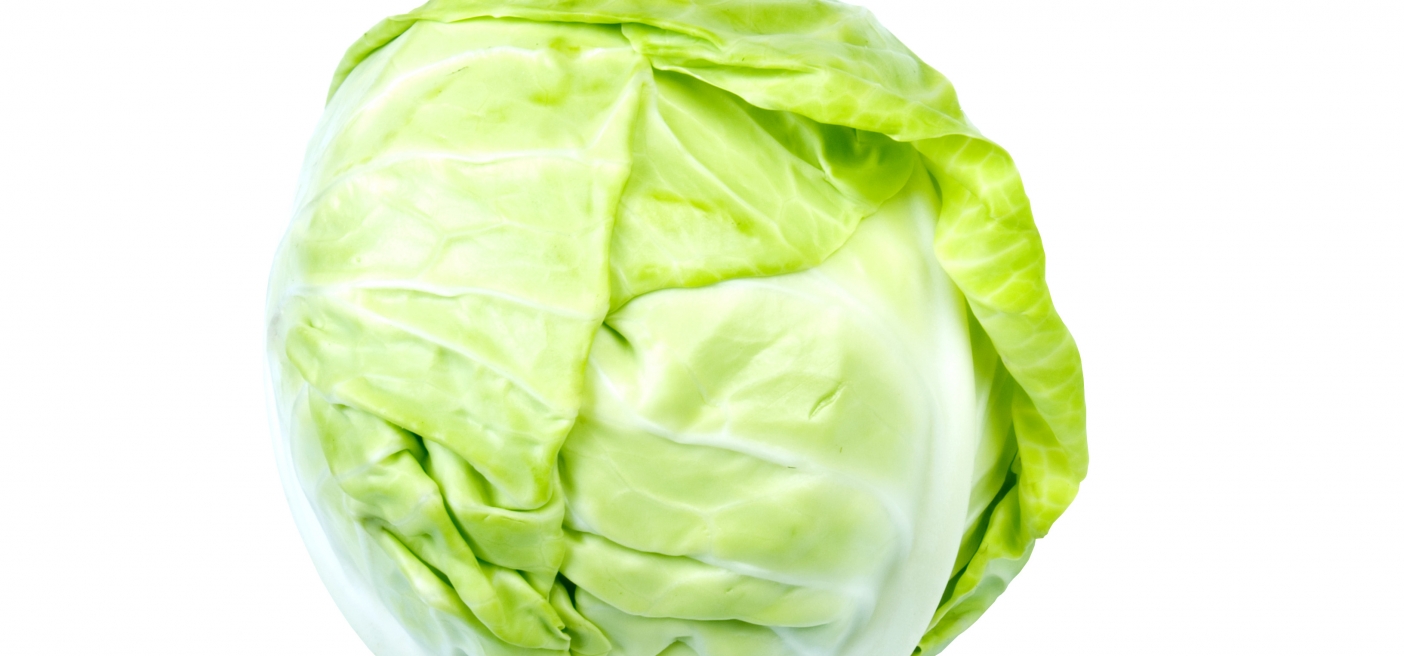Make your own sauerkraut and boost your microbiome

How our digestive system relates to our health and wellbeing is a current hot debate topic. Some scientists claim that our gut bacteria can affect our mood, state of mental health, weight and even our resistance to infection.
Correspondingly, there is now an abundance of probiotic products available for sale across the country, including products containing live bacteria and yeasts. But did you know it’s actually very inexpensive and easy to make your own fermented products at home? The products that you make at home contain significantly more good bacteria than the products on a supermarket shelf as supermarkets have very strict regulatory guidelines they have to follow with regards to foods containing live bacteria.
Sauerkraut is the queen of probiotics, with an average 150g serving literally containing trillions of beneficial bacteria. So making your own sauerkraut is a great way to make sure you are getting enough probiotics.
Sauerkraut is made by pickling or fermenting cabbage in a process which involves anaerobic bacteria (bacteria that do not use oxygen) that naturally live on the cabbage leaves. All that is required to start the process off is shredded cabbage and salt packed into an airtight container. Sauerkraut is also high in tyrosine, an amino acid that affects many aspects of the body including aiding digestion and regulating blood pressure and dopamine.
When you first start eating your own sauerkraut, be cautious and mindful of any digestive symptoms. If you’ve upset your digestion, then it’s likely that you’ve eaten too much. Fermented foods are very powerful and can be very beneficial in improving your immune system, digestion, skin condition, mental clarity and overall wellbeing.
Recipe: homemade sauerkraut
Ingredients: 2.3kg of cabbage and 3 tablespoons of sea salt
Directions
Remove large outer leaves from cabbage and set aside
Core and shred cabbage
Mix cabbage and sea salt in a bowl
Massage with your hands for about ten minutes (this will release juices)
Put cabbage in a suitable fermentation container and pound down until juices come up and cover the cabbage, leave about 5cm of space at the top
Cover the sauerkraut with a plate. Place a glass jug filled with water on the plate to press it down (this will add pressure to the cabbage and help force water out of it)
Keep it at room temperature (covered with a towel).
Fermentation will begin within a day, depending upon the room temperature. It will ferment best in a cool, dark place at a temperature that is consistently 18 to 21 degrees. Fermentation can take up to 3 weeks to a month. After fermenting, you can transfer it to a refrigerator.
You can also spice up your basic sauerkraut recipes by adding some other ingredients such as ginger, beetroot, carrot, caraway seeds, chilli or garlic just to name a few.
Learn more about your microbiome here.
Sources
https://www.makesauerkraut.com/how-much-sauerkraut/
https://blogs.scientificamerican.com/lab-rat/the-science-of-sauerkraut-bacterial-fermentation-yum/
